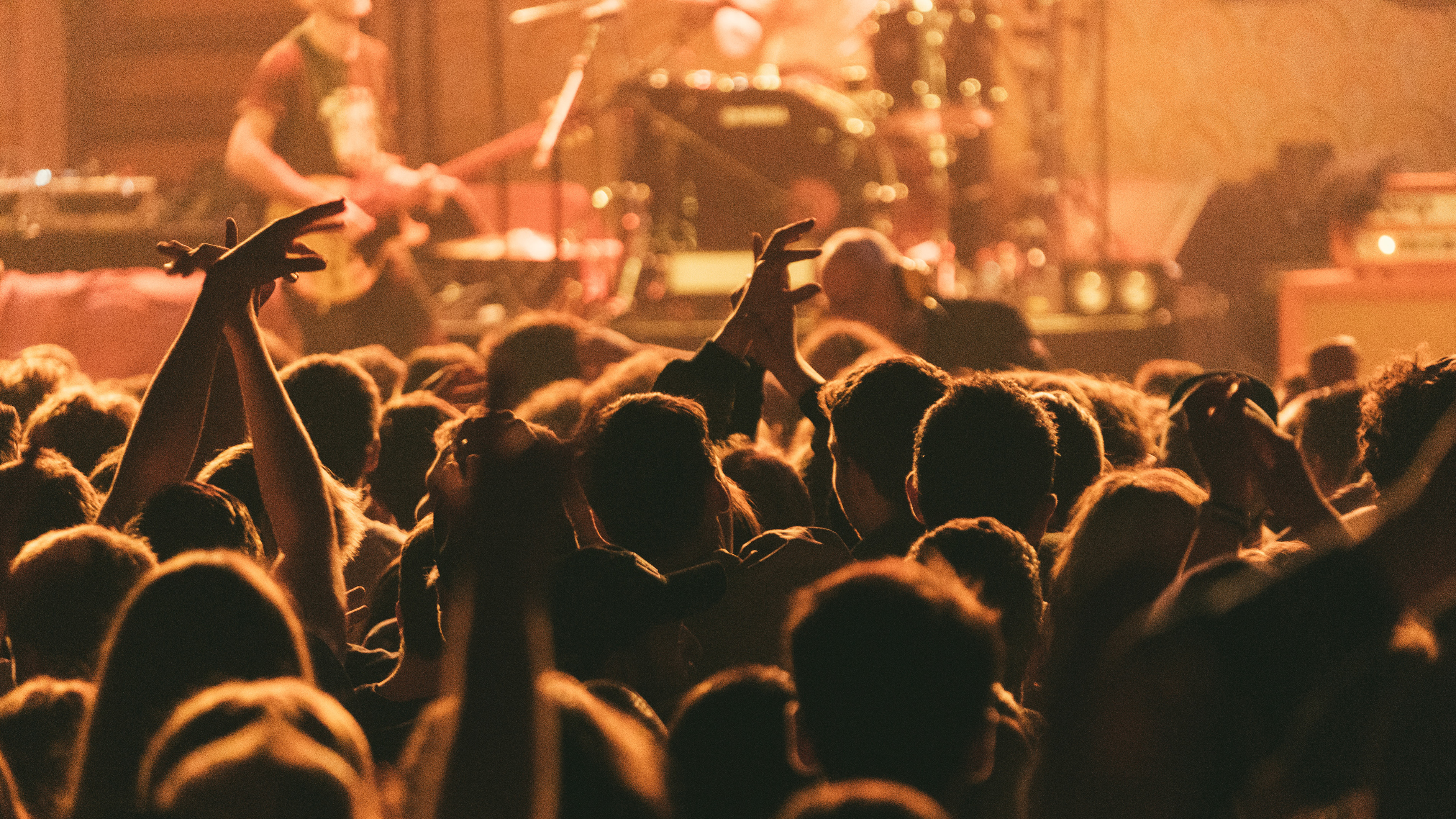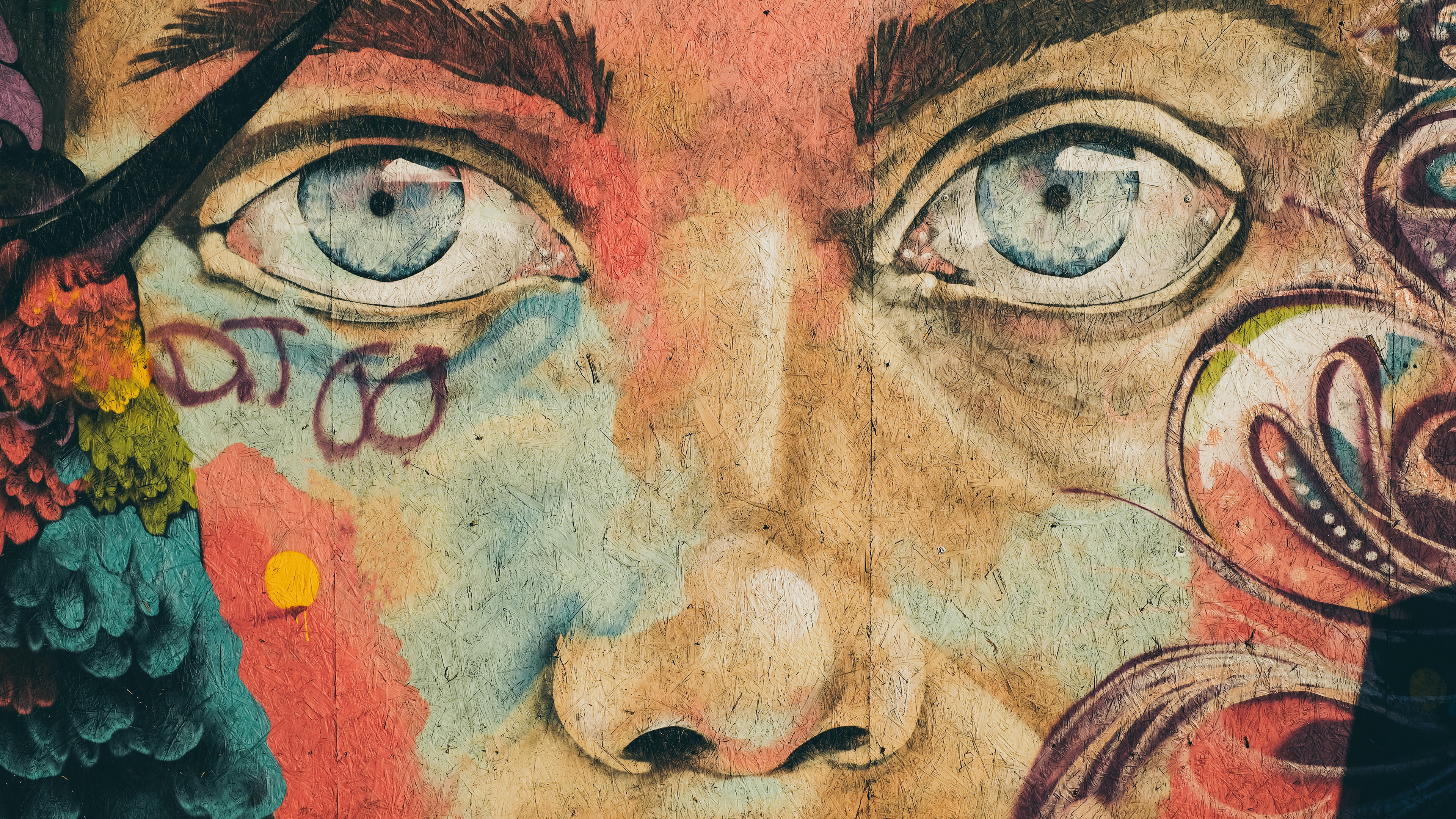
5 Examples of Music Branding and Its Strength in Brand Identity
Discover how the creation of musical identity has helped global companies expand their brands and turn customers into fans.
In addition to creating a brand’s musical identity, Music Branding has tangible and powerful effects on sales. However, as a sensory marketing tool, it can have a myriad of applications and outcomes according to each brand’s needs and goals.
We’ve already discussed how Music Branding differs from Sound Branding and its applications. Now, let’s delve into five successful examples of Music Branding to understand its many strategic possibilities for transforming customers into fans through music.
Nike and Spotify Empowering Runs
As a leader in the sportswear industry, Nike is synonymous with movement, strength, and innovation. To expand its connection with the audience beyond sports, the brand invested in music to maintain a closer and omnipresent relationship with its fans.
Nike+ Running is an application that integrates Spotify’s music library into the iPhone and Apple Watch, while tracking and calibrating notifications, location, pace, and elevation throughout the running route.
In recent years, this initiative expanded with the creation of Nike Run Club, a community where customers come together through music. According to the description on their official website, the idea is to “motivate the audience to exercise” with the brand.
On Spotify, the profile featuring exclusive playlists for runners, athletes, and international artists sharing their running music preferences, along with Nike’s own curated playlists in other genres, has amassed over 1.2 million followers.
The Music Academy by Martin Garrix and JBL
Last year, JBL announced the young Dutch DJ and producer Martin Garrix as its global ambassador. For JBL, a brand already associated with music and sound, this partnership aimed to expand its connection with the audience to reach what Ralph Santana, Director of Marketing, called “the highest levels of joy in life.”
“I’m always surrounded by music, so collaborating with them creatively is an opportunity I couldn’t refuse,” said Martin Garrix, affirming that the audio brand has been his “favorite for some time.”
For a company that values the sound reproduction quality of its products, portable speakers, and headphones, the partnership with Martin Garrix ensures that the brand becomes associated with the festivals and music the producer performs and releases. They also joined forces for a Music Academy, a mentoring project for new talents in electronic music worldwide—all trained with JBL equipment.
This initiative not only enhances JBL’s credibility by associating it with one of the world’s most famous DJs and producers but also demonstrates a type of engagement that establishes a connection with music-loving audiences. By hiring a new ambassador, nurturing promising talents, and participating in major music festivals worldwide, the brand expands its connections and opportunities to showcase itself to the world.
Jack Daniels, Beyond Tennessee
Who hasn’t had a Jack Daniels “on the rocks” and felt like they were in a music video or a movie scene? The most famous whiskey from Tennessee has its history immortalized through a series of artists and songs that drew inspiration from its flavor—a fact that the brand has skillfully capitalized on over the years.
Similar to JBL, Jack Daniels also launched a program to inspire new artists through the Battle of The Bar Bands, an annual competition promoted in partnership with iHeartRadio to integrate promising talents into the brand’s “family“. More recently, the company also announced the Make It Count Sessions, hybrid shows held in small venues around the world but broadcasted online.
“This platform truly resonates with our values and allows us to reach new areas of music,” said Laura McCarthy, the brand manager, adding that the goal is to expand the company’s impact to “new fans and new genres“.
Jack Daniels is so closely associated with music that they invested heavily in another groundbreaking Music Branding initiative, evoking flavor through sound. With the support of Professor Charles Spence from the University of Oxford, the brand created an unprecedented track capable of “accentuating the bold tones of traditional whiskey,” considering the academic’s research on the interaction between different senses.
St Marche and the Sound of Brazil
The Music Branding and Sound UX project we created for the St Marche supermarket chain is famous in the city of São Paulo and has been successful among customers for several years.
We started with the brand’s personality attributes to create an exclusive playlist that serves as the ambient music in their 21 physical stores spread across the city, as well as in Empório Santa Maria locations. Just as the chain emphasizes the curation of its products, we focused on the selection of each track heard within their stores.
Contemporary, demanding, and close were some of the attributes that guided us in this process. They are reflected in the custom-made radio based on musical archetypes such as melodic jazz, contemporary and retro MPB (Brazilian Popular Music), acoustic pop, chamber music, and light arrangements of Villa-Lobos, Bach, and Vivaldi. Additionally, there are affectionate messages conveyed by the iconic voice of the brand, softly and elegantly providing product tips, health advice, and recipes, making customers’ experience in the stores even more enjoyable.
The official St Marche playlist is available on Spotify, featuring a mix of established Brazilian artists and contemporary icons of the new MPB, including names such as Céu, Marisa Monte, Celso Fonseca, Tulipa Ruiz, Novos Baianos, and Mutantes.
“Music contributes greatly to the shopping experience. That’s why I was dissatisfied with the random music we had in our stores before, lacking a connection with our brand. When we opted for brand-aligned curation by Zanna Sound, customers reacted very positively. We are already seeing the results,” said Bernardo Ouro Preto, co-founder of St Marche.
Vivo's Pioneering Efforts
The process of creating Vivo’s Sound Branding was unique and challenging. We initiated our partnership with the brand by creating a sound logo, musical themes, and campaign tracks—creative territories that shaped the brand’s sonic communication in advertising and other touchpoints such as IVR (Interactive Voice Response), telephone service, and internal campaigns for employees (endomarketing). Vivo was, in fact, the first company in the mobile telecommunications sector to have a sonic brand.
After this initial step, we evolved to Music Branding, focusing on curating the ambient music for the stores. To establish the musical styles that compose the brand’s universe, we traveled 11,000 kilometers, visited 7 cities, and went to 10 stores. We spoke with 65 consumers and 50 employees.
We took into account the profile of each region and maintained its musical personality. Initially, our Music Branding project covered 320 Vivo-owned stores throughout Brazil, and it is now part of the portfolio for all franchises.
In addition to the musical curation, we considered the sonic experience of the stores according to their architecture and the flow of people in the spaces. This ensured that the music is present in product experimentation areas and not in customer service areas where interactions and conversations take place.
Want to learn more about Music Branding? About Sound UX, the user’s sonic experience? How sound impacts people’s behavior? How we can promote more calm and transformation in the world through music? Get in touch with us!

Next article
Art: The Only Path to Transform the World!
Discover how art influences our lives and can change the world. Explore the power of emotion and the importance of bringing art to the day to day.
Read more